
views
Mastering Footwork and Stance
Familiarize yourself with the right landing stance. It can be difficult coordinating footwork, ball handling, and a new shot all at once. Breaking things down will help you focus on correct form and proper execution. Doing the hop step is all about gaining balance and control in what you're doing.
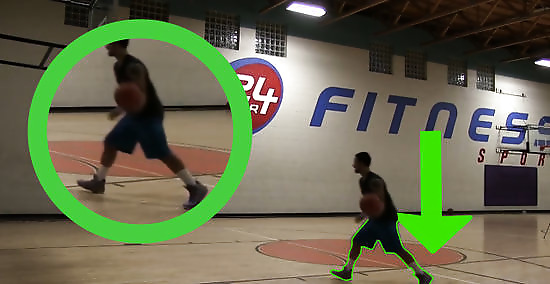
Bend your knees and stay low. This improves your balance, stability, and response.
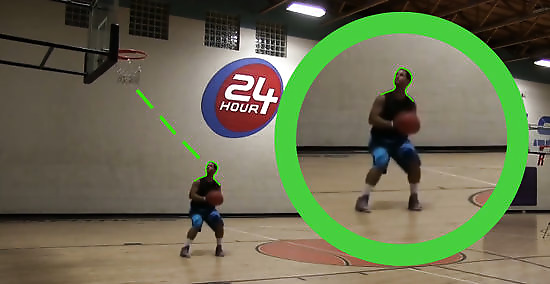
Keep your head up. Court awareness is often the deciding factor in whether or not you will be able to drive to the hoop and make a shot.
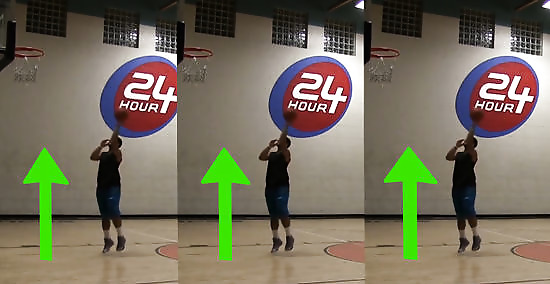
Practice small hops. Although this move is called the hop step, many players typically have difficulty controlling the height of this jump. Jumping too high will negatively impact your balance.
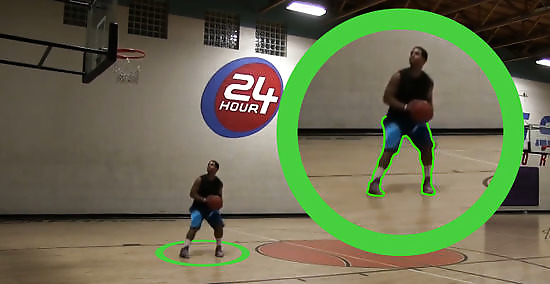
Land with both feet. This is especially important when learning the hop step. Failing to land simultaneously on both feet can result in a traveling call by a referee.
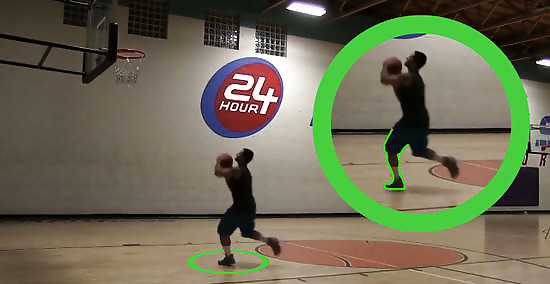
Limit your pivot. Once you land on both feet, you can pivot with one foot or the other, but not both. Even executed perfectly, some officials may still call you for traveling, as it can be difficult to discern a hop step from a travel. Possession of the ball and prior use of a player's allotted pivot can also influence traveling calls.
Practicing With the Ball
Dribble the ball slowly down the court. You should pay close attention to footwork and stance. At random intervals or at the signal of a whistle, combine the footwork you learning with the dribbling and take your hop step. Try getting close to the rim. The closer you are to the rim, the more help the opposing defense will create. Once the defense comes in, other players on your team will be open.
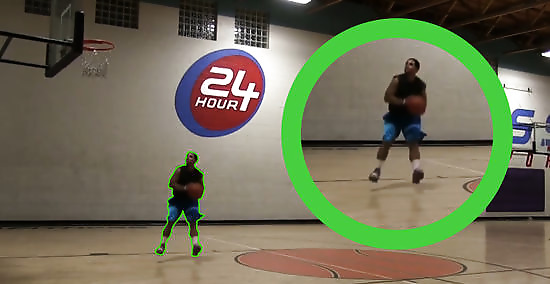
Jump into the hop step with restraint. Jumping too high will throw off your balance or add to your momentum, which can lead to an unnecessary step and a traveling call.

Land with both feet simultaneously. This is the key point of the hop step. Landing with both feet at the same time means you can pivot either direction, giving you more mobility on the court. Keep your knees bent, body low, and head up after landing.
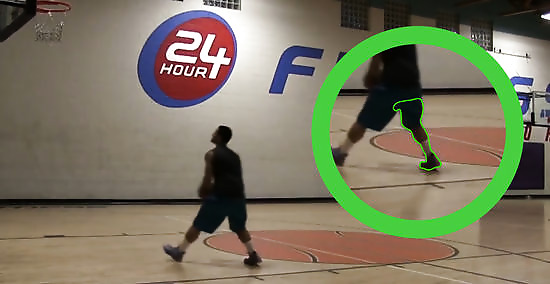
Practice your single pivot. If your body is familiar with the halting of momentum that the hop step requires, you are less likely to take an illegal second step/pivot.
Finish with a pass or a shot. This also trains good reflexes which will be of use to you during game time when there is pressure.
Practicing Without the Ball
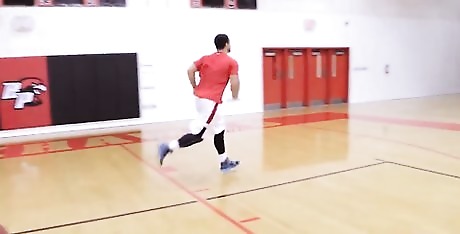
Jog slowly down the court. At random intervals, or if practicing with your team or friends, at the signal of a whistle, execute a jump step.
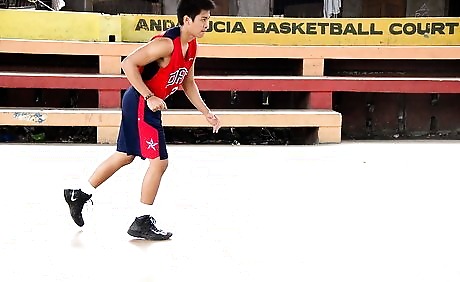
Drive with your leading foot. On whichever foot you stop or the leading foot when the whistle blows, drive downward with that foot and perform a small hop. Alternate which foot you drive with to build symmetry and prevent the predictability of favoring your dominant side.

Land on both feet simultaneously. Remember to use proper stance: keep your knees bent, body low, and head up.
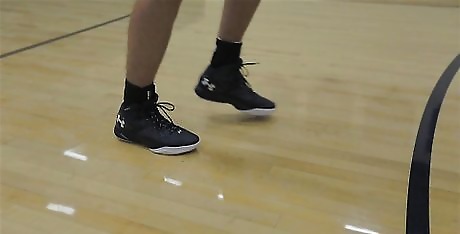
Pivot once. You should switch between sides so that you aren't predictable to your opponents. You should practice coming to a complete stop following the pivot to limit traveling calls. If you had possession of the ball prior to performing this move and have already used your pivot, you may not pivot a second time following your hop.
Receiving a Pass with the Hop Step
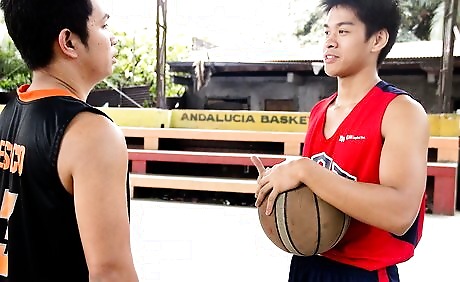
Get a friend and a ball. Now that you know the basics of the hop step, you should expand your functional knowledge of the move by practicing a real game scenarios, like passing.

Coordinate movement with the teammate in possession. To receive a pass while doing the hop step, you need to jump before catching the ball. Make sure your teammate is ready before executing.
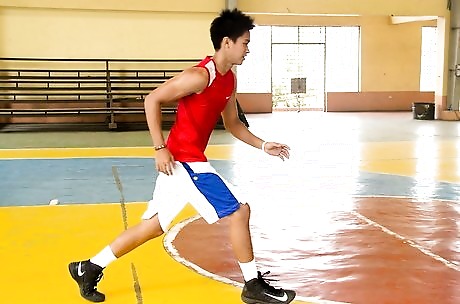
Drive with your leading foot into a small hop. Keep your head up while doing so you don't miss your teammate's pass.
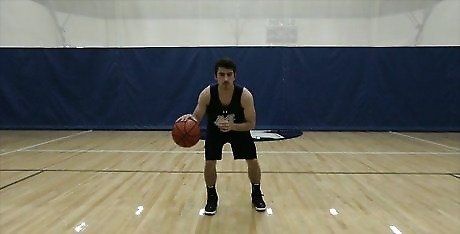
Catch the ball and land with both feet. Take a moment and have your teammate evaluate you. Did you land with both feet simultaneously? Are your knees bent, is your body low, and is your head up?
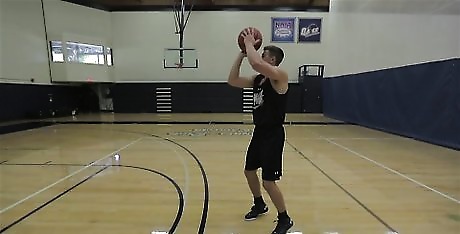
Pivot and shoot or pass. Attempt to complete your motions smoothly and without interruption. This will prevent you from stutter-stop performance during the game.
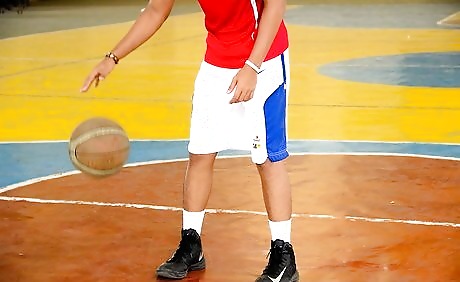
Practice receiving a pass on your own. Though many experienced players consider this move to be basic, the mechanics involved make it challenging to do cleanly. Practice receiving a pass on your own by: Throwing a ball slightly in front of you with backspin. Executing a small hop while the ball rebounds from the floor. Catching the ball in the air on its return. Pivoting on one foot.














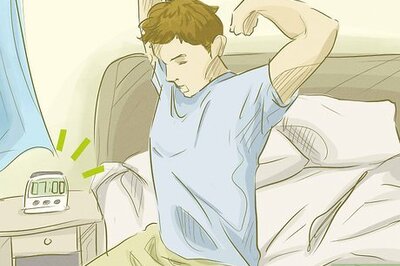





Comments
0 comment